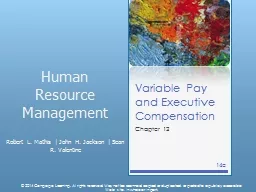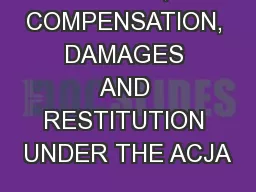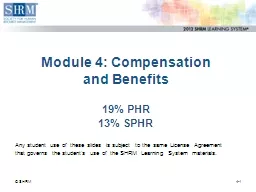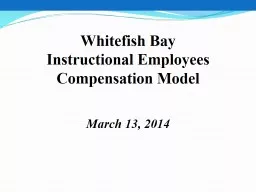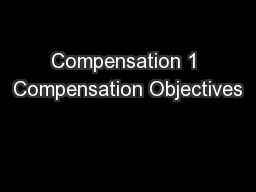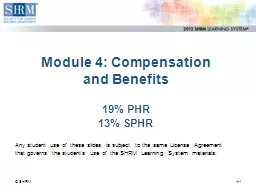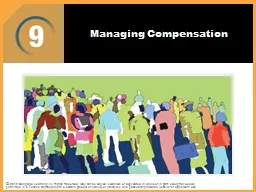PPT-Variable Pay and Executive Compensation
Author : alexa-scheidler | Published Date : 2017-04-15
Chapter 12 14e Why Use Variable Pay Variable Pay Assumptions Some people perform better and are more productive than others Better performing employees should receive
Presentation Embed Code
Download Presentation
Download Presentation The PPT/PDF document "Variable Pay and Executive Compensation" is the property of its rightful owner. Permission is granted to download and print the materials on this website for personal, non-commercial use only, and to display it on your personal computer provided you do not modify the materials and that you retain all copyright notices contained in the materials. By downloading content from our website, you accept the terms of this agreement.
Variable Pay and Executive Compensation: Transcript
Download Rules Of Document
"Variable Pay and Executive Compensation"The content belongs to its owner. You may download and print it for personal use, without modification, and keep all copyright notices. By downloading, you agree to these terms.
Related Documents

